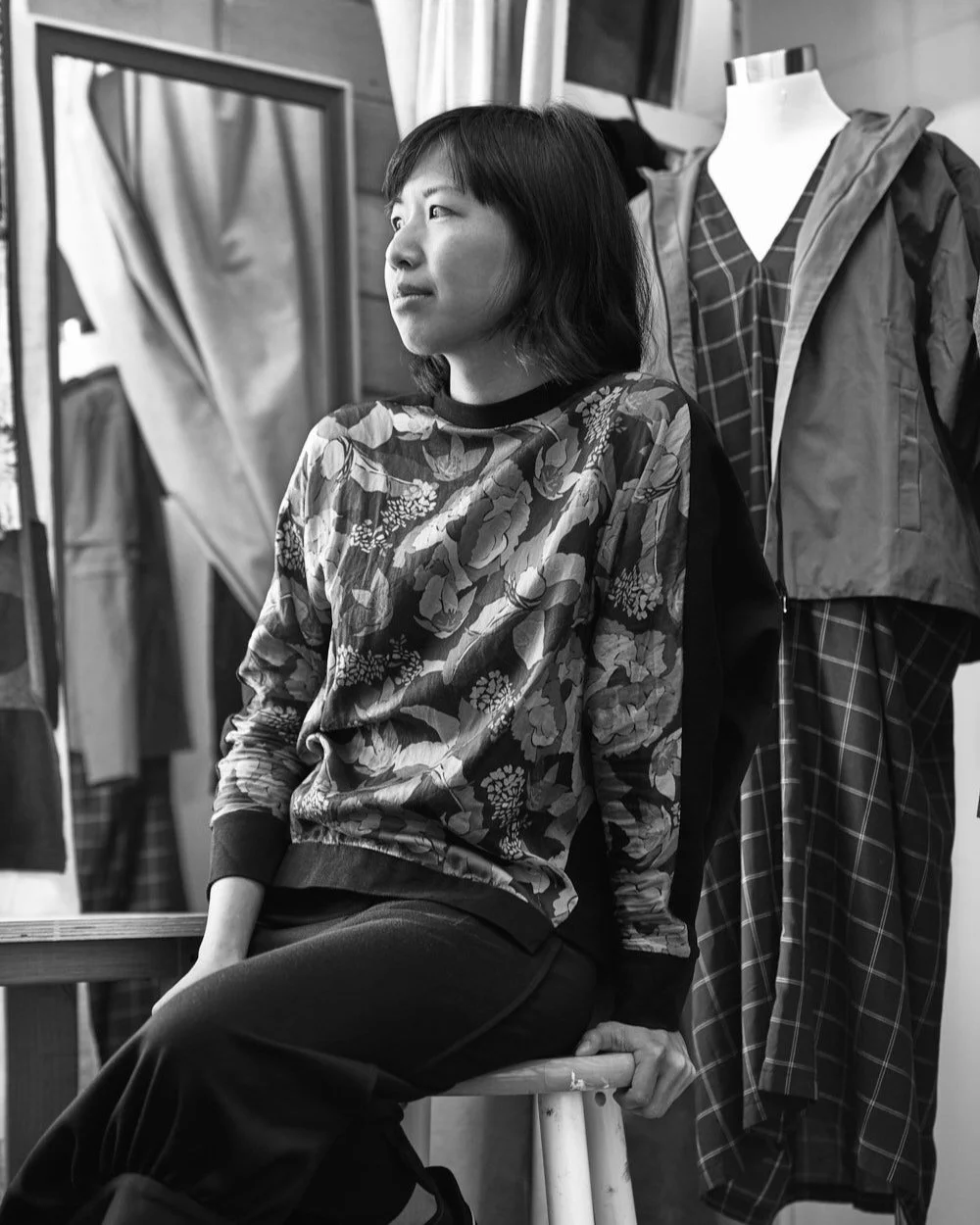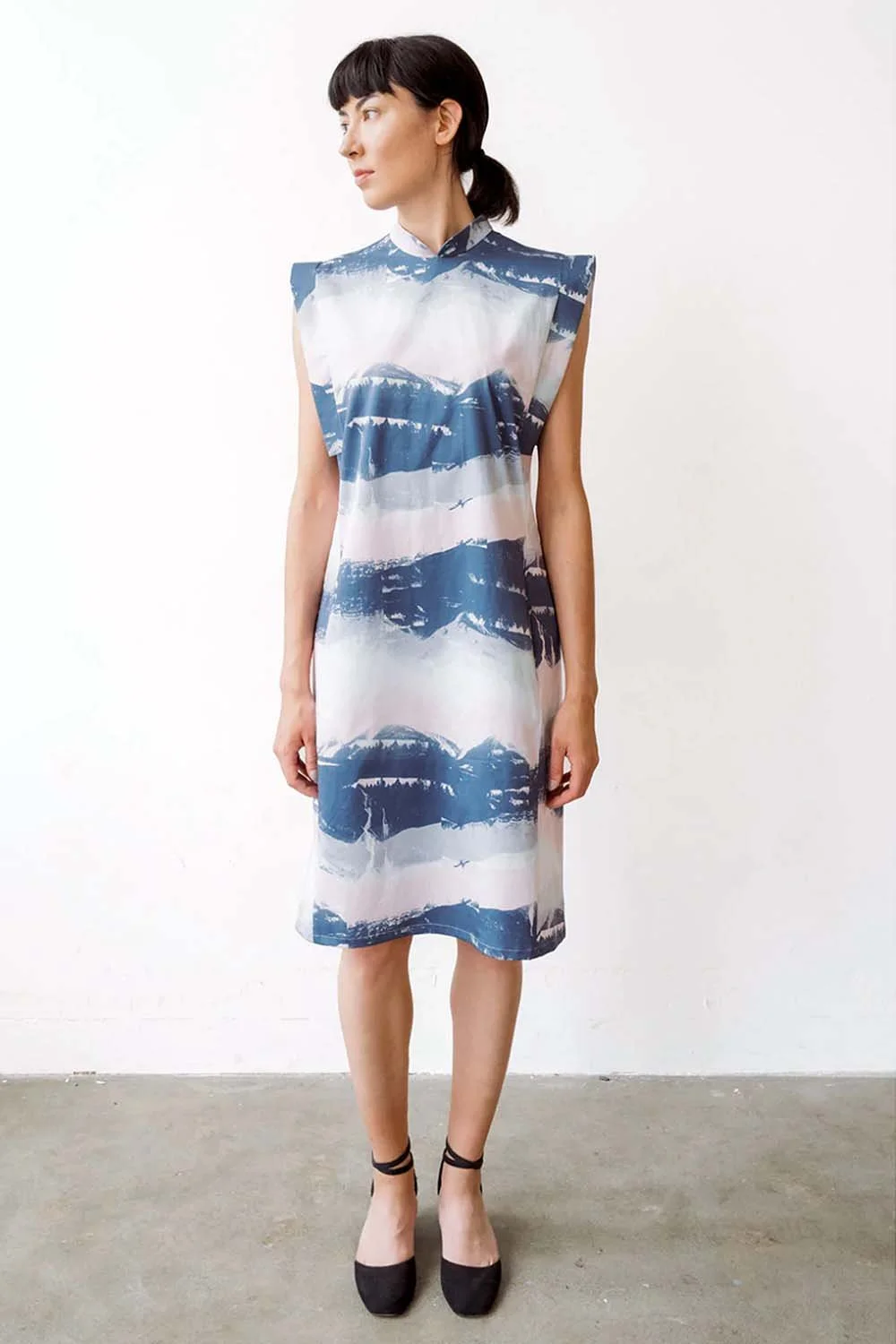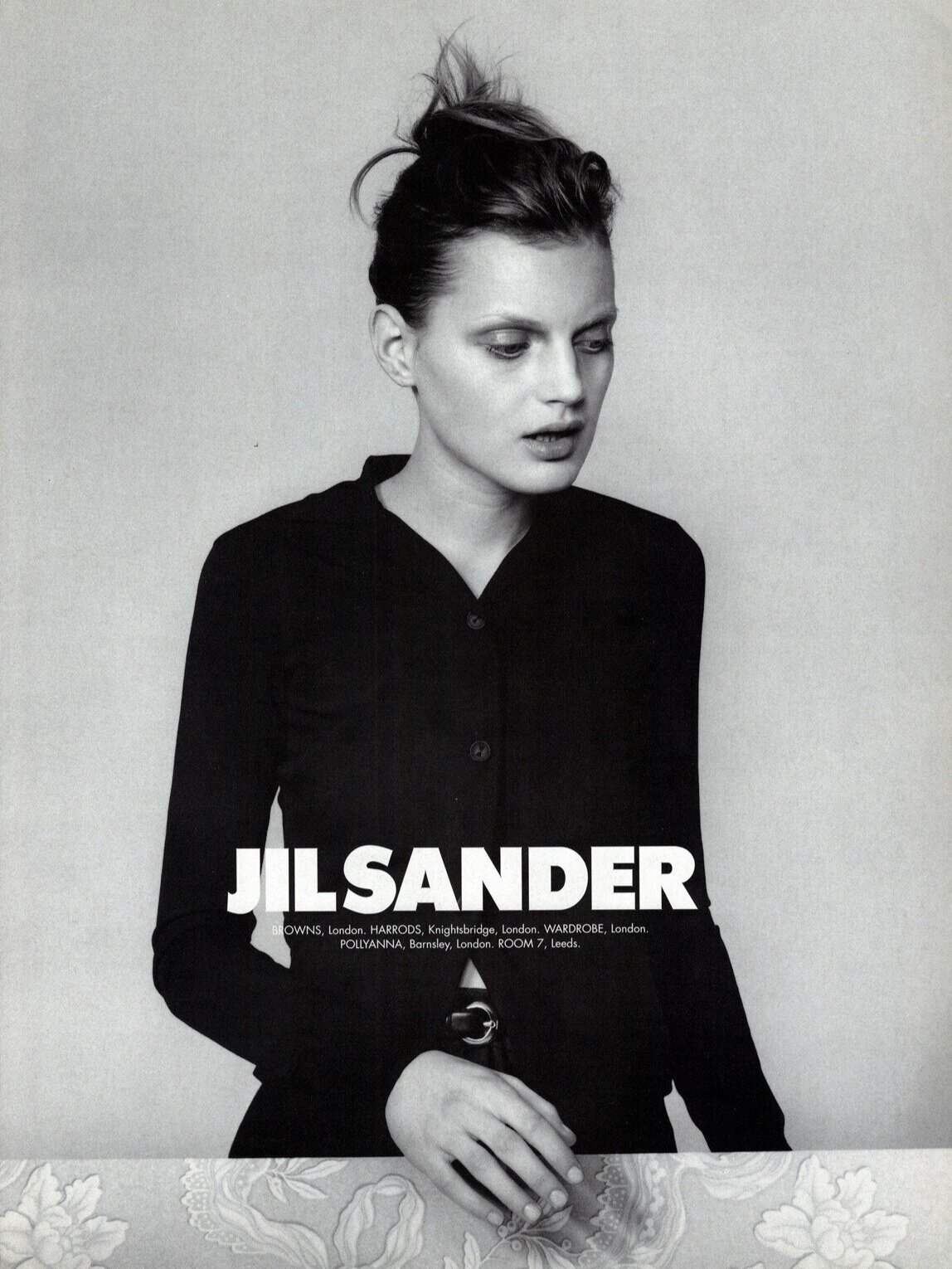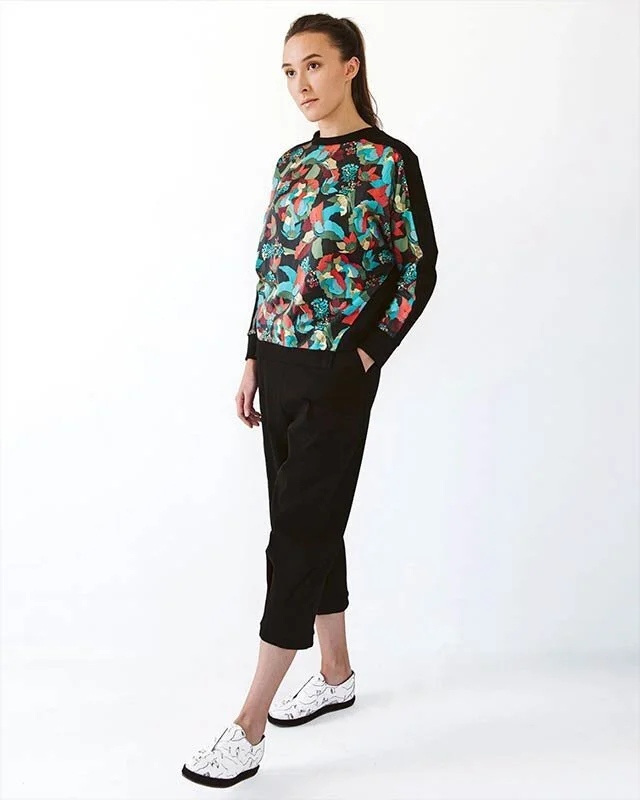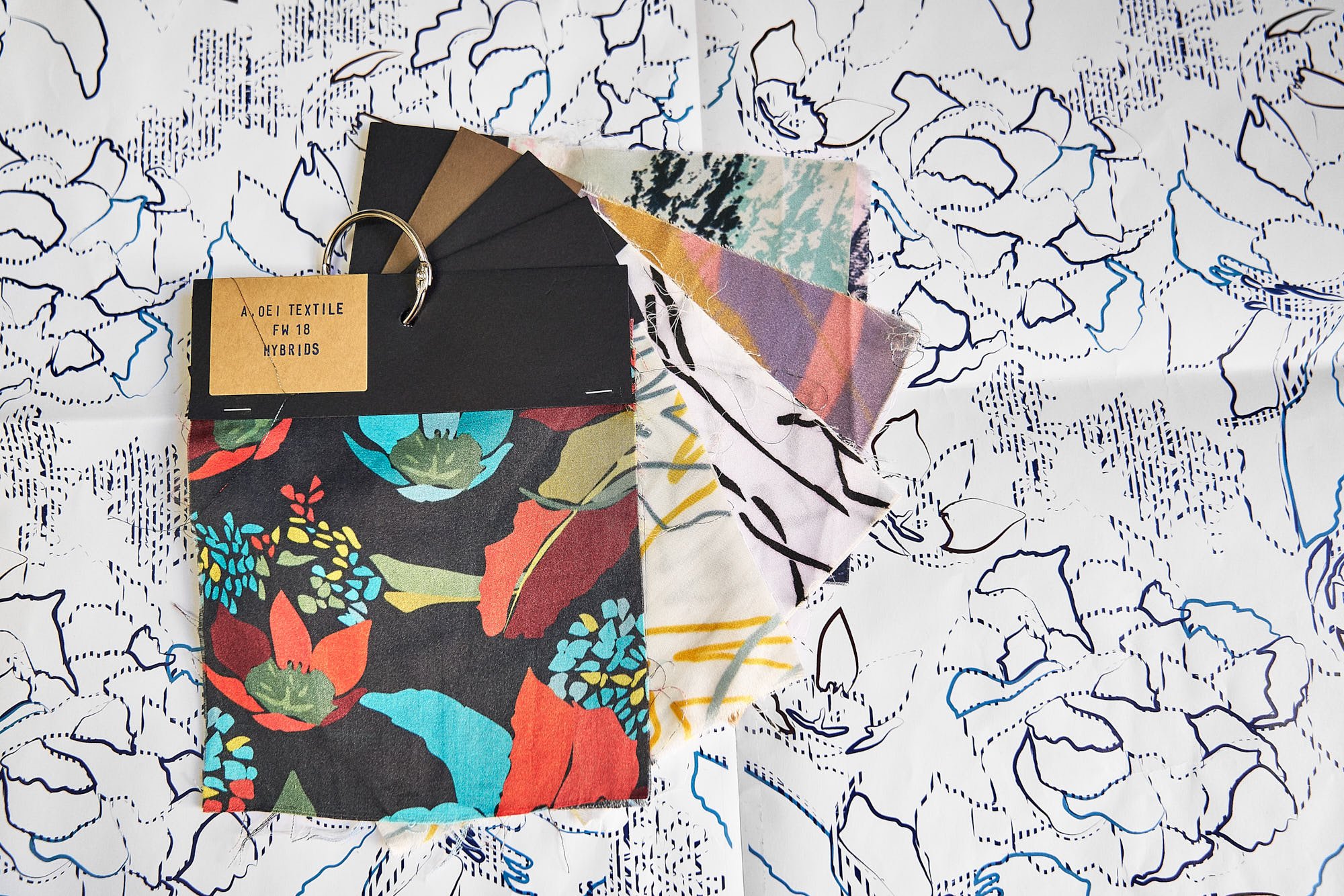
Angeline Oei is the Founder and Creative Director for her eponymous label A.Oei Studio which specializes in sustainable womenswear featuring custom prints, modern silhouettes and classic styling. Her approach to the figure reflects her strong desire to portray the body as both a frame for her art as well as a work of art in itself. With clear influences from mid-nineties minimalist legend Jil Sander and the avant-garde passions exhibited by The Antwerp Six, A.Oei Studio finds a welcoming middle-ground wherein both art and artist are celebrated. Far from the the leering eyes of more sensualized contemporaries, Angeline is most at home with an understated interpretation of beauty that seeks the subtly in the familiar and captures the fleeting beauty of our natural surroundings.
Our interview with Angeline occurred in early 2020 just weeks before COVID-19 lockdowns were mandated worldwide. Whilst the general tone reflects the optimism of the time, it was clear from Angeline’s supply chain contacts that severe disruptions were on the horizon and changes would be required.
Angeline Oei
BORN : Singapore
EDUCATION : English Literature | Fashion Design
EXPERIENCE : DESIGNER | Founder, A.Oei Studio
LABELS : 1
FOCUS : PRÊT-À-PORTER
STUDIO : YES
LOCATION : SEATTLE, WASHINGTON
“A.Oei is a contemporary womenswear brand focused on modern, innovative silhouettes and original textile prints. I design all the prints myself. And they’re really easy, accessible pieces that can be mixed-and-matched across different seasons. I primarily work with natural fabrics, 100% cotton and 100% silk that I source from Japan. And I work personally with factories in Singapore, Vancouver, and Seattle.”
“I’m originally from Singapore and studied fashion at the Amsterdam Fashion Institute. I’ve worked as a designer for other fashion companies—both independent brands like myself in New York and Antwerp, and for huge corporate brands in Singapore.”
“Growing up in Singapore, I never really thought that I could be a fashion designer. The environment was more focused on becoming an accountant or a business person. I never thought fashion design was even remotely possible. So I studied English Literature at the National University of Singapore where I got my bachelor’s degree.”
“My third year, I did an exchange program in the Netherlands and it was very eye-opening. I went to Antwerp where Dries Van Noten, Matin Margiela, and all these other huge brands came from. And when I went to the fashion academy, it just struck me for the first time that this is the right place for me. And that’s when I decided to make the switch and study fashion.”
A.Oei Studio SS22 Selections
“I moved to Seattle in 2016 because my partner moved here. And at first, I didn’t really know what I wanted to do. But I saw jobs for Nordstrom and other big companies, and I didn’t really want to do that. I found this space at Inscape Arts and thought it was a great place to start.”
“I researched the fashion industry in Seattle and got to know a lot of local boutique owners and other designers like Suk Chai, who was one of the first people that I met here. And at that point, I felt like there was a lot of support for independent brands here. So I made the decision to start my own company.”
“A lot of what I do is inspired by art, nature, and technology. And I get a lot of inspiration from different artists and reading articles on what’s happening in the world. I try to translate that into the textile prints that set the direction for the colors, shapes, and textures of every collection.”
“A lot of my influences are just from being in so many different places. There’s a lot of the Dutch fashion approach to my designs. It’s very sober, very streamlined. It’s a lot more about texture, and more subtle.”
JIL SANDER’S ICONIC MID-90’S CAMPAIGNS PHOTOGRAPHED BY CRAIG MCDEAN ILLUSTRATE THE MINIMALISM, REFINEMENT, AND NONCONFORMITY THAT CONTRASTED WITH FASHION’S SEXUALIZATION OF WOMEN DURING THAT ERA.
“Working in Singapore—where it’s so much more trendy, more about fast-fashion—I tried to incorporate a commercial feel into my approach. And there’s a Japanese influence in some of my work as well.”
“Even in the company I worked for in New York, it was more about 90s minimalism—like the Jil Sander kind of style. So I got a real mix of different influences that incorporated into my current aesthetic.”
“For my current collection, I was very interested in the Japanese art of Ikebana. It was really more about the philosophy, the combination of something that’s fleeting and impermanent. So it’s a real contrast between death and life. In Ikebana, you might combine a plant that’s wilting with one that’s newborn. I wanted to incorporate that into the print, and make it more like a texture rather than an image. So I took photos of a lot of arrangements and enlarged them to a really huge size creating something very abstract. And I added green lines to it, making it very noisy and raw. And since Ikebana is very strict in its representation of curved lines versus linear shapes, I really tried to incorporate those types of curves into my final design, with the silhouettes being really streamlined, really strict, and very linear.”
“I also think balance is essentially what Ikebana is about. Balance between something that’s really delicate and something that’s really hard. It’s about finding that very precise element between two very contrasting elements. And that’s something I carry over into everything I do. Finding the romance in something and then juxtaposing that with something that’s very hard, linear, and strict.”
The traditional fashion manufacturing process involves dozens of steps, hundreds of people, and countless iterations. Collections can take up to 6-8 months to create and historically require either a wholesaling agreement with stockists, brick-and-mortar locations leased by your own company, or a combination of both. Companies like Amazon and Zara have led in the fast-fashion revolution with their own versions of this, with Zara splitting their focus between physical retail locations and fulfillment centers, while Amazon have focused exclusively on the latter. And certainly much more could be said.
Partly as a reaction to the industry-wide global consolidations of the early 2000’s, as well as the severe effects of fast-fashion on both planet and people, many veteran industry professionals sought to change how the game was played, if not the game itself. This led to an almost organic emergence of smaller brands around the world focusing on small-batch production within their local communities. The benefits are readily apparent—less overhead, ease of access to consumers, more agility in both product and business model, as well as more flexibility to produce smaller collections as the need arises without the pressures typically associated with long-term lease agreements and 180-day ROI cycles. The downsides are also apparent—fewer products and inventory overall lead to less revenue for your company, higher prices for the consumer, and greater uncertainty with each new collection.
Because Angeline has worked both in small-batch production and for large commercial businesses, the question arose as to which she preferred. Her reply echoes sentiments shared by numerous fashion professionals throughout the Northwest.
“I’m conflicted. I think that because of my history and experiences in the fashion industry, I’ve done wholesale-to-retail, with collections, samples, and showing things to buyers before I go into production. I know this is the established business model that’s been tried and tested, so I’m still stuck in that mode. And I love doing it this way because I love creating collections. For me, they can tell stories. And it’s a good system if you don’t want to create something every month or whenever you feel like it. So it definitely helps me keep things in a logical framework.”
“And I love taking things to retailers and receiving orders before beginning production because I know which items will be popular and will likely sell better. So in this way, I have a chance to make better decisions in terms of restricting production, reducing waste, managing costs, and knowing the right timing to make something.”
“I find that when I work directly with factories, they supply me with a lot of useful information on techniques, finishings, how to cut costs, and how to produce in a more efficient manner. There’s a lot of really useful elements that I wouldn’t get if I were totally on my own. So there’s another great draw for getting wholesale orders before going into larger production. At the same time, I feel like the system is outdated.”
“So what I’m experimenting with more is made-to-order and direct-to-consumer. I can still make samples, but then wait to go into production until I know someone wants to buy it. I don’t know how sustainable that will be when it comes to large orders, but for something unique, I can make one or two and that’s it. So I’m really in-between, where I like the large-batch production system, while trying to stay in a small-batch production format.”
“When I design things, I always do so in terms of creating an entire look. For example, if it’s winter, obviously you will need a jacket. So I approach accessories by their usefulness, and prefer things that cover the whole body like outerwear. My windbreaker, for example, is made from a Japanese cotton blend that’s very water resistant and has a very nice texture, so it’s an excellent choice for both form and function.”
“Usually I start with a concept and then develop a moodboard. I think about keywords for color, texture, and silhouette. I usually start with a print, which must be really strong because it represents the entire concept and its visual elements. And then I start sourcing from my suppliers to see how it might look on different fabrics. I’ve been testing different materials, and have three fabrics I always come back to every season. And patterns are great because they streamline fabric selection so that I don’t have to order a ton of samples to see how it looks in different colors. And that’s one great way that I can try to be a little more sustainable, both for my business and for the environment.”
“After I get the pattern back, I’ll do some sketching, and even draping. I’ll sketch thirty designs and choose maybe ten to sample. I try really hard to be very precise and plan things out very carefully. Everything has to make sense within the collection itself. And because I design looks and not pieces, a jacket—or even a shirt—has to make sense with the rest of the collection. Does it make sense on a runway and on a clothing rack? So for me, this curating and editing is such a huge part of my creative process.”
“I do the prototyping myself in the studio. And that’s the most important part for me—the pattern making and the sewing. Sometimes I’ll be halfway through sewing and realize that a different approach will work better, and it’s something you wouldn’t know if you hadn’t done the work yourself. So the actual hands-on is a really important step of my process.”
“I do a lot of rough sketches myself and scan them into my computer where I can color them. It makes my life so much easier. This initial part can be more fluid and scattered. But things make more sense once I begin to edit and curate.”
“It’s really hard to talk about sustainable fabrics. Cotton itself is a good material that’s biodegradable and is a natural fiber. But the actual production of cotton is something that a lot of suppliers aren’t transparent about. So it’s hard to say which is a truly sustainable material.”
“I’ve really enjoyed using Tencel these days, which is like a silk, but it’s a wood-based cellulose fiber that uses less water than cotton, consumes less energy in its production, and is biodegradable. But even Tencel uses chemical processing, so it’s hard to tell if the suppliers have done a good job producing materials when there’s a lack of transparency. And it’s one of the reasons it’s so important to go through textile factories myself, and not through third-party suppliers. That way I can hear directly from them how a fiber is sourced and produced.”
“I also like using polyester in my work because it’s super durable. But it’s really hard to find a good recycled fabric that can maintain the same look and strength as virgin fiber. I’m still searching for a replacement, but haven’t found one that’s satisfactory.”
Looking ahead, Angeline shares what she feels independent designers need the most right now in order to connect with consumers, weather the current crisis, and ultimately succeed in their business goals
“They need places to sell garments and they need an organization that can do a lot of the marketing for them. That’s pretty much what it is. A lot of independent brands like myself just don’t have the means to market themselves like a big company can. So when you have a popup with multiple brands, it’s attractive for the customer and for the brands as well.”
“But the marketing has to be really strong. I’ve been to popups where they didn’t do enough marketing, and it’s just bad. It’s really sad, too, to spend so much time setting up a really nice booth and not have anyone even stop by.”
Additionally, Angeline notes the importance of strong digital marketing and fulfillment methods, and has begun implementing additional storytelling shifts throughout her marketing channels. Additionally, she has put considerable time into producing homemade face masks for civilians and healthcare professionals, joining the many others in the fashion industry rising to meet the needs of an overwhelmed population and an overburdened healthcare system. Her plans for the next collection have been placed on hold.
“And that’s something I carry over into everything I do. Finding the romance in something and then juxtaposing that with something that’s very hard, linear, and strict.”

